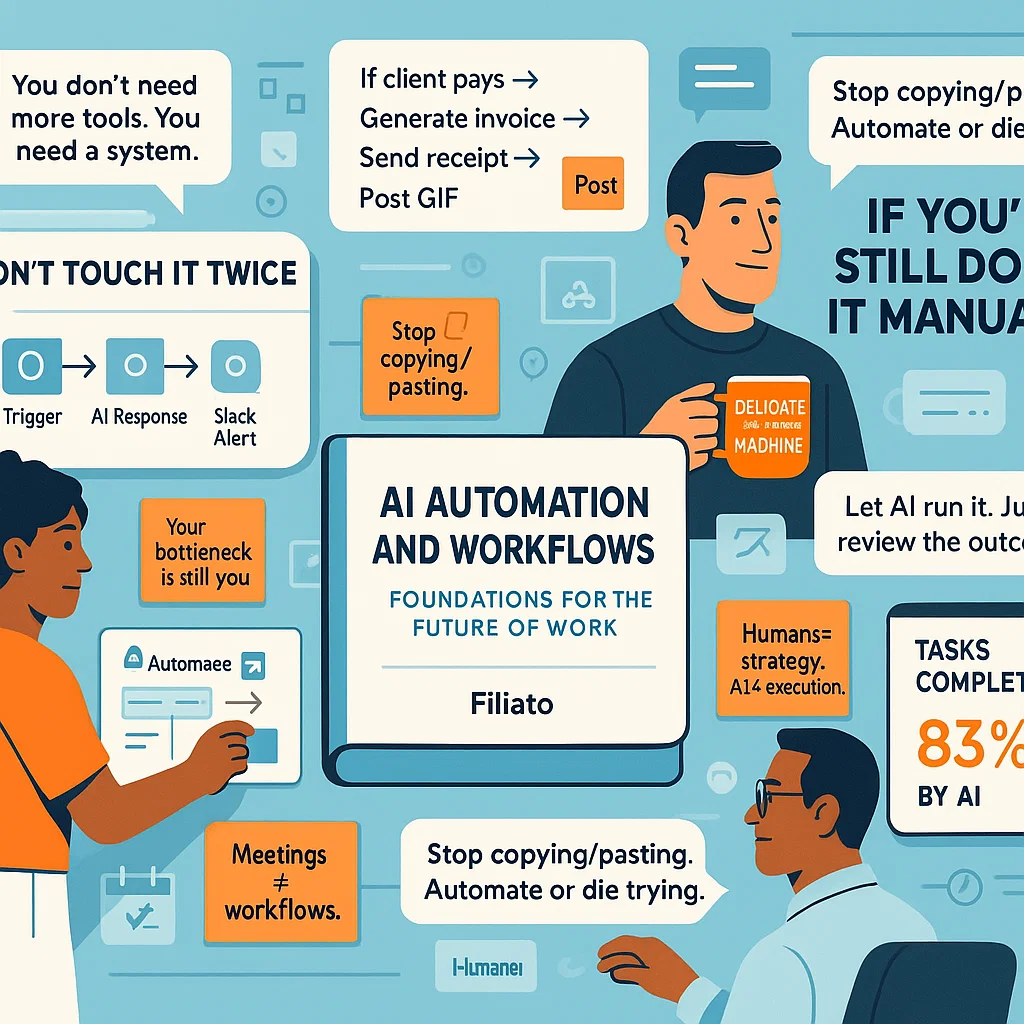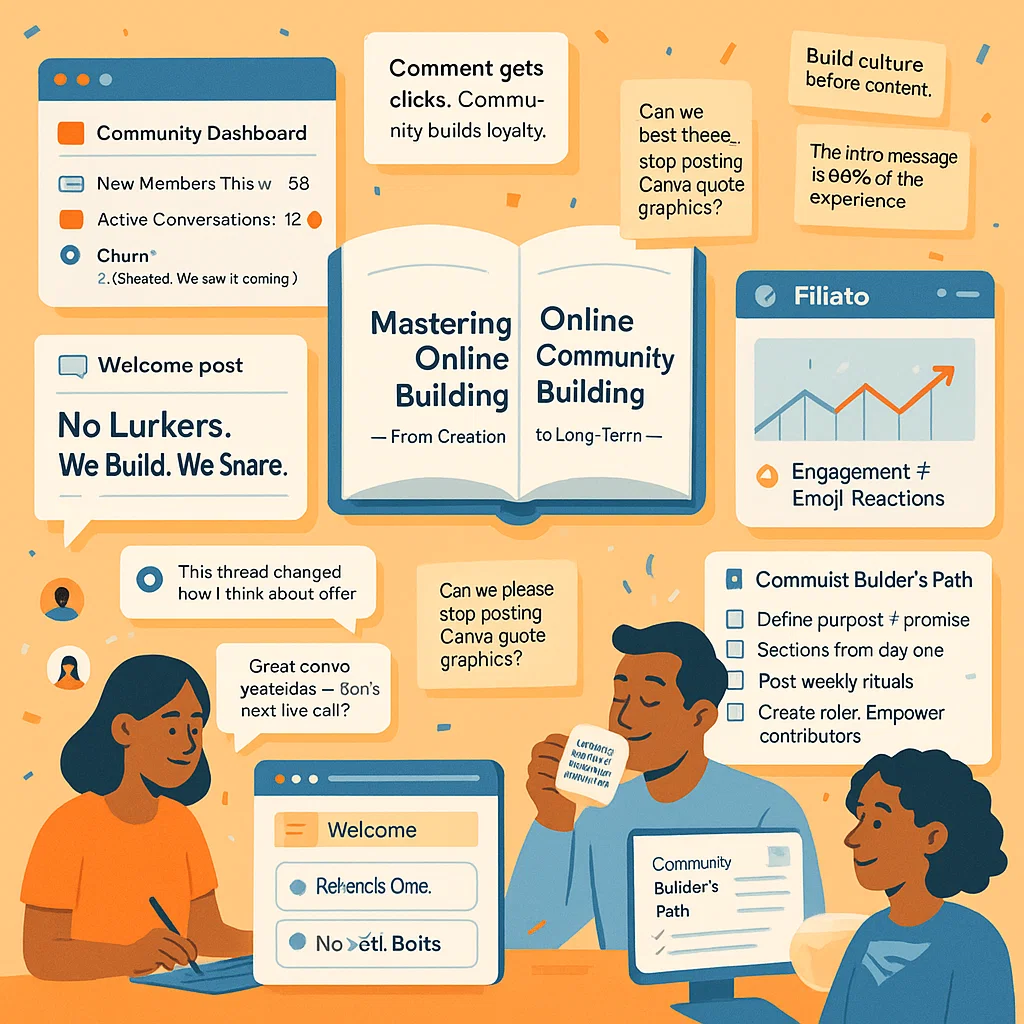Forex Trading: A Smart Start to Currency Markets in 2025
Forex trading might seem intimidating at first—charts, acronyms, shifting currencies. But underneath the complexity lies a powerful opportunity for individuals to learn how global economies interact, develop a disciplined mindset, and potentially build a flexible income stream.
If you’re curious about Forex, but unsure where to begin, this article lays the foundation. It’s not a quick-fix profit scheme. Instead, this is a roadmap for beginners who want to build knowledge gradually, test ideas safely, and approach the world’s largest financial market with confidence.
What Makes Forex Different?
Unlike the stock market, which is centered around individual companies, the Forex (foreign exchange) market is about countries. It involves trading currency pairs—like USD/EUR or GBP/JPY—based on how global events, economic trends, and even political shifts affect national economiesIntro Forex trading.
The Forex market:
- Operates 24 hours a day, five days a week
- Moves over $6 trillion in daily volume
- Offers high liquidity and flexibility
- Is accessible with small capital through leverage (but that comes with risk)
For part-time traders, students, or working professionals, Forex offers a flexible entry point into financial markets—provided it’s approached with preparation and caution.
Before You Trade: What Every Beginner Needs to Know
Rather than jumping straight into trading, most successful traders spend time understanding the fundamentals and planning realistically. Here are a few core principles you’ll want to lock in before opening a live account:
1. Set Clear, Achievable Goals
Define why you’re learning Forex. Is it to develop financial skills? Supplement income? Replace a full-time job eventually? Specific, realistic goals help you measure progress and avoid emotional decision-makingIntro Forex trading.
2. Build a Simple Trading Strategy
You don’t need a complex system to begin. Start with basic strategies like support/resistance trading or moving average crossovers, then refine them over time.
3. Practice with a Demo Account
Before risking money, use a demo account to test strategies, understand how orders work, and get familiar with trading platforms. Treat this like your learning lab.
4. Learn Risk Management First
Even more important than finding “winning trades” is protecting your capital. Risking too much—or trading without stop losses—is how most beginners lose quickly. Learn to calculate your position sizes, apply stop-losses, and maintain a consistent risk-per-trade percentageIntro Forex trading.
5. Time + Consistency = Results
If you only have two hours per day, that’s enough—if it’s consistent. Divide your time between learning, practicing, and reviewing trades. Stay disciplined, and progress will follow.
Key Topics This Series Will Explore
We’ll be expanding on every one of these concepts in a step-by-step series based on the Intro to Forex Trading framework by Filiato.
Some of the areas we’ll cover:
- Choosing a broker and platform that suits your needs
- Understanding charts, indicators, and economic calendars
- Technical vs. fundamental analysis: what to use and when
- The emotional side of trading (and how to master it)
- Building and testing your strategy before going live
- How to track progress, analyze results, and adapt
This series is written specifically for those who are learning while managing other responsibilities. It’s designed to fit your life—not disrupt it.
A Practical Learning Approach
One thing that sets Filiato’s guides apart is that they’re built for action—not just theory. Here’s how many learners use the system over time:
Week 1–2: Learn core terms (pips, lots, leverage), test your broker’s demo account
Week 3–4: Watch real market behavior, practice 1–2 basic strategies
Month 2+: Begin journaling trades, tracking results, and reviewing with data
Ongoing: Read market news, improve your mindset, and scale gradually
Think of trading like a skill—not a shortcut. The more time and quality practice you invest, the better prepared you’ll be to navigate real market conditions.
What Makes This Different from Most Forex Content Online?
You won’t find false promises or “get-rich-quick” tips here. Instead, this series emphasizes:
- Thoughtful preparation over reckless action
- Measured growth through practice and reflection
- Community learning and ethical trading
- Resources you can explore at your own pace
And above all, a supportive environment where failure is treated as part of the process—not a signal to quit.
Looking Ahead: What’s Next?
In the coming posts, we’ll guide you through:
- Creating your first risk-managed trade plan
- Understanding candlesticks and technical signals
- Balancing news events with chart setups
- Managing your emotions when a trade doesn’t go as expected
- Knowing when you’re ready to move from demo to live
Whether you’re aiming to become a full-time trader or simply want to understand one of the most dynamic financial arenas, this journey will help you build skills that extend far beyond just currency charts.
Final Thoughts
Forex trading can be empowering—but only with a clear plan and the right mindset. It’s not about chasing gains or copying someone else’s signals. It’s about becoming a thoughtful, disciplined trader with your own system.
The journey isn’t quick, but it is achievable. And you don’t have to walk it alone.
If you’re ready to start, follow along with this blog, bookmark the next posts, and stay connected with the Filiato learning community.


